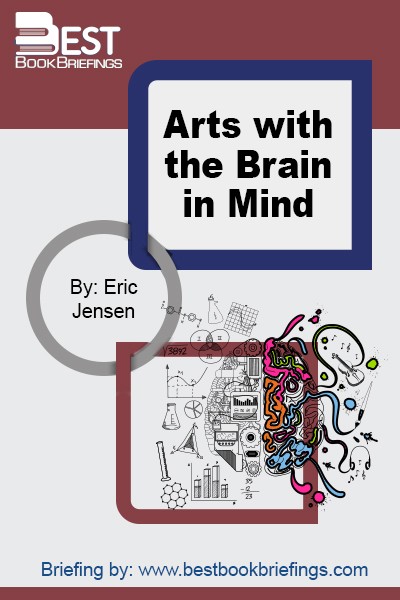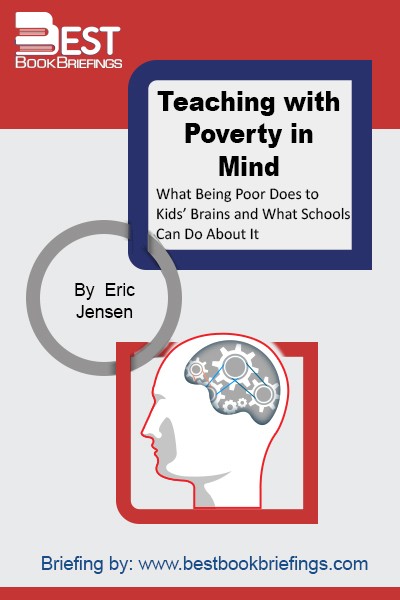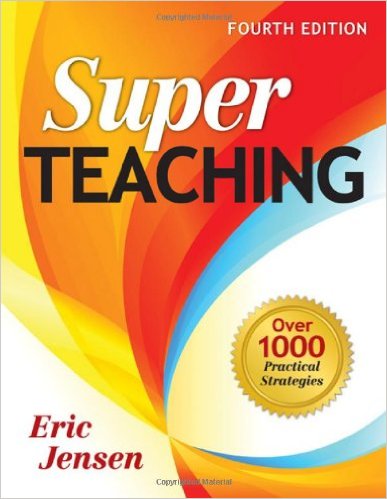Arts with the Brain in Mind
Number of pages: 150
Publisher: CAPP Press , ASCD: Association for Supervision & Curriculum Development
BBB Library: Education
ISBN: 978-0871205148
Editorial Review
How do the arts stack up as a major discipline? What is their effect on the brain, learning, and human development? How might schools best implement and assess an arts program?? Eric Jensen answers these questions C and more C in this book. To push for higher standards of learning, many policymakers are eliminating arts programs. To Jensen, that's a mistake. This book presents the definitive case, based on what we know about the brain and learning, for making arts a core part of the basic curriculum and thoughtfully integrating them into every subject. Separate chapters address musical, visual, and kinesthetic arts in ways that reveal their influence on learning.
Book Reviews
Books on Related Topics
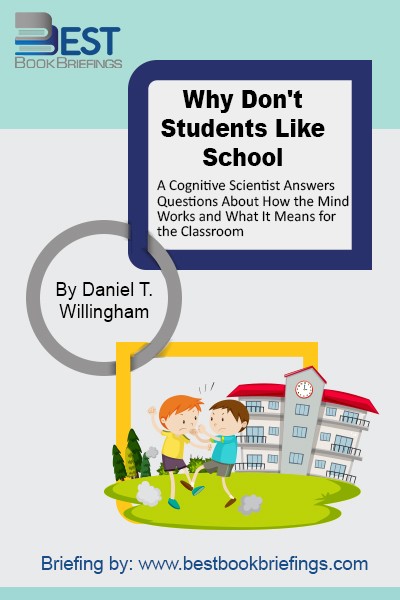
Why Don’t Students Like School began as a list of nine principles that are so fundamental to the mind’s operation that they do not change as circumstances change. They are true in the classroom as they are in the laboratory and therefore can reliably be applied to classroom situations. These nine
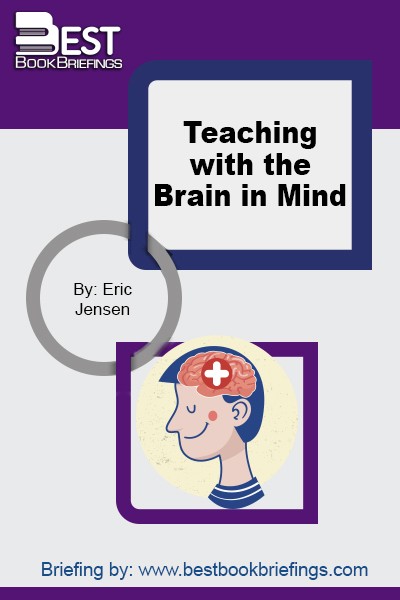
Let’s acknowledge two fundamental facts. First, students who attend school from kindergarten through secondary school typically spend more than 13,000 hours of their developing brain’s time in the presence of teachers. Second, their brains are highly susceptible to environmental influences—social, physical, cognitive, and emotional. And, more important, their brains will be

The first step in teaching students to innovate is making sure that educators have opportunities to be innovators themselves. Although some teachers attempt this hard work alone, the culture of a school or district can set the stage for innovation to flourish or flounder. The right conditions include a shared vision

